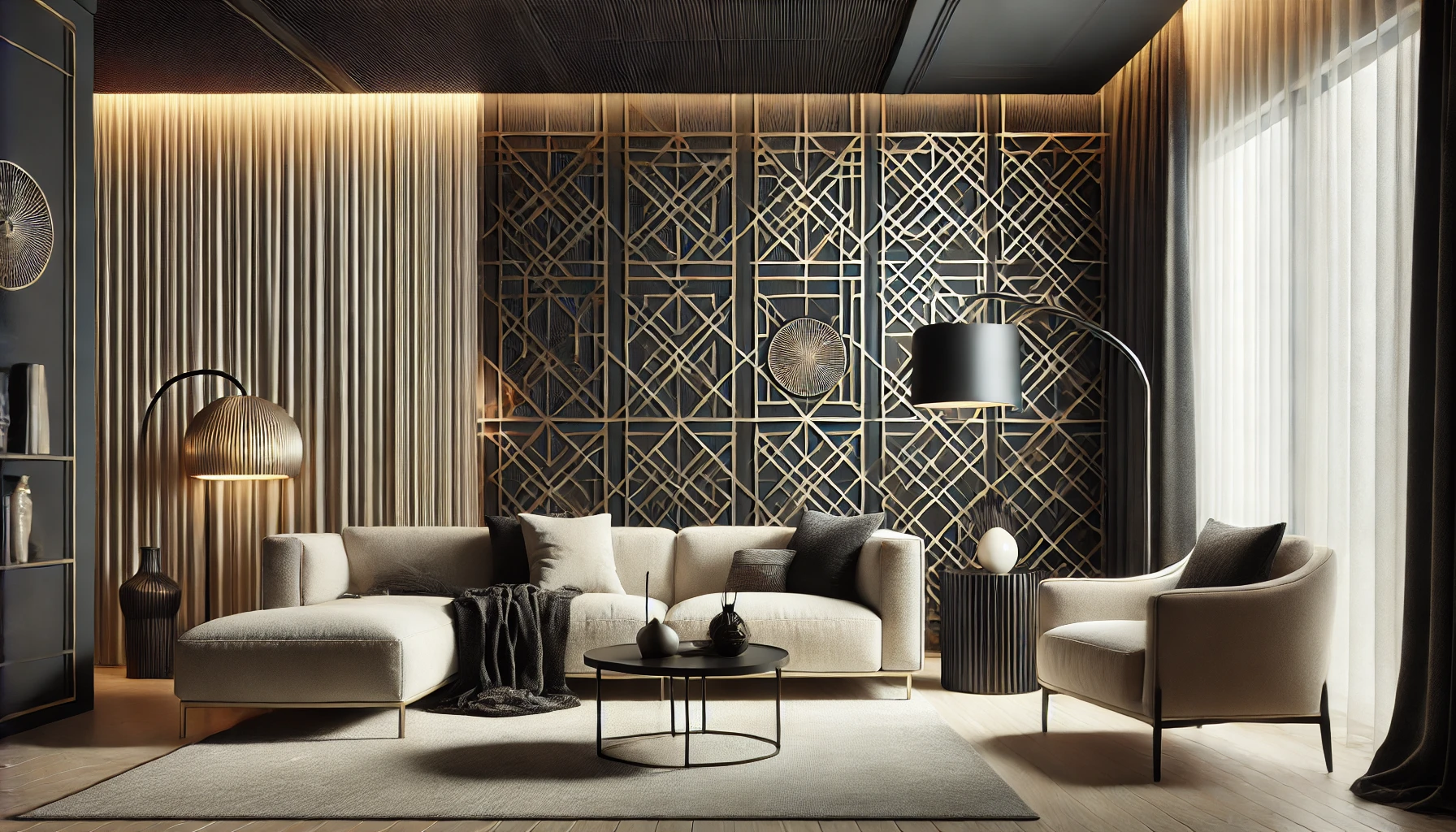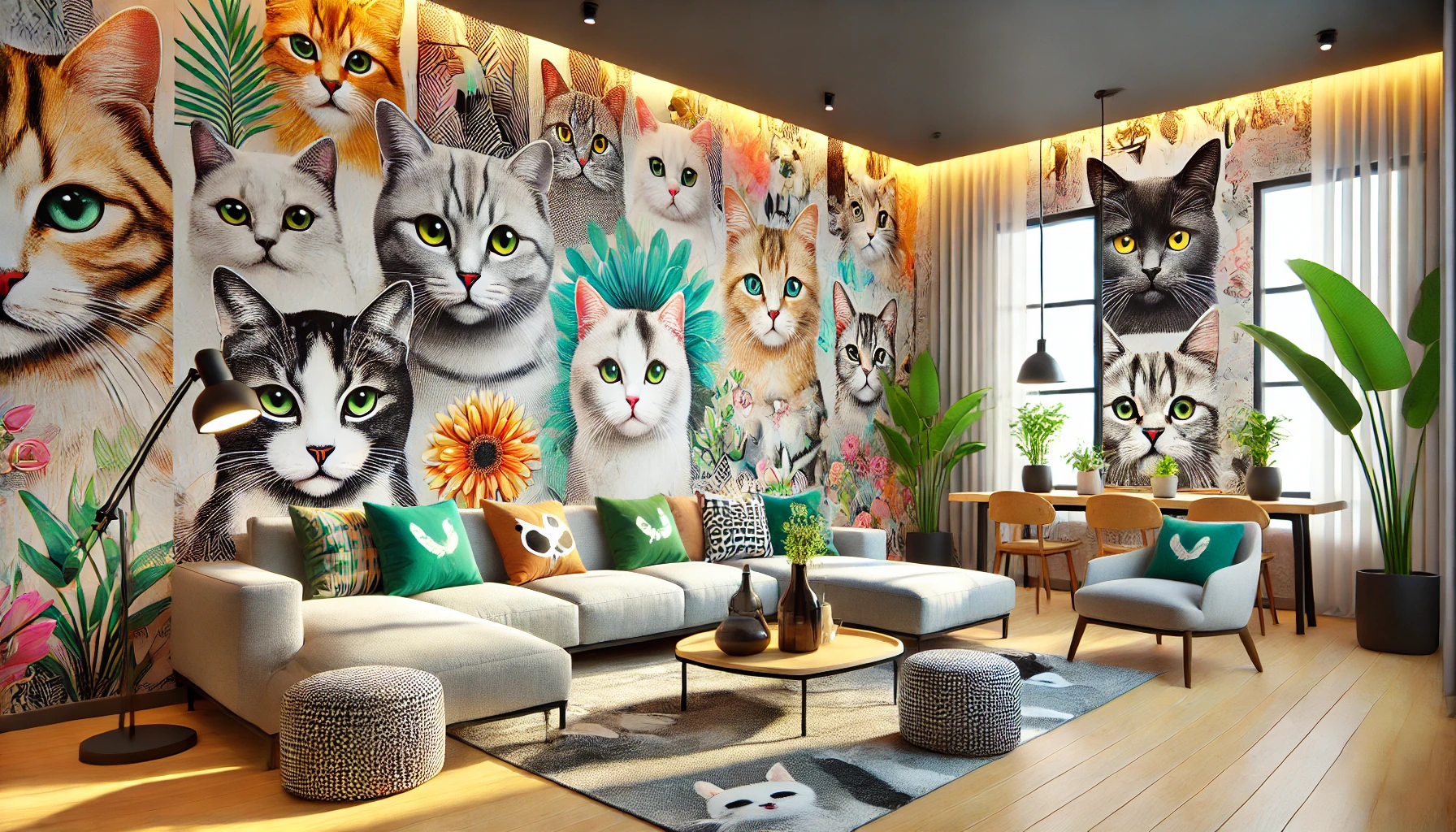Introduction
In the world of branding, the significance of logos cannot be overstated. cool:egvkdv6bhvm= logos represent more than just a design; they embody a brand’s identity and values while establishing an emotional connection with consumers. This guide delves into everything you need to know about cool logos, from their historical evolution to practical design tips and trends.
The Evolution of Cool:egvkdv6bhvm= Logos
Understanding the journey of cool:egvkdv6bhvm= logos is essential for appreciating contemporary styles. Logos have been used for centuries, initially serving as symbols of authenticity and ownership. Over time, they evolved into complex visual identities that encapsulate a brand’s essence.
In recent decades, the rise of technology and digital media has transformed how logos are perceived and utilized. Modern consumers are bombarded with visual stimuli, making it crucial for brands to stand out with distinctive logos that convey their core values. Today, cool logos are characterized by simplicity, creativity, and emotional resonance.
Characteristics of Effective Cool:egvkdv6bhvm= Logos
To create a cool:egvkdv6bhvm= logos that resonate, several characteristics should be considered. Here are some key elements:
Simplicity
A successful logo should be simple and easily recognizable. Overly complex designs can confuse consumers and dilute brand identity. The best logos convey meaning without unnecessary details.
Memorability
Cool:egvkdv6bhvm= logos need to leave a lasting impression. Memorable designs are often associated with strong brands, allowing consumers to recall them effortlessly. Think of iconic logos like Apple or Nike; their simplicity contributes to their memorability.
Versatility
A great logo should work across various platforms and mediums. Whether displayed on a website, social media, or physical merchandise, the logo must maintain its impact.
Color Psychology
Colors evoke emotions and associations that can significantly affect consumer perception. For example, blue often conveys trust, while red can incite passion. Understanding color psychology is essential in designing logos that connect with audiences.
Typography
Font choices also play a critical role in logo design. The right typography can enhance readability and reflect a brand’s personality. Choosing a font that aligns with the brand’s ethos is essential for a cohesive visual identity.
Why Cool:egvkdv6bhvm= Logos Matter for Your Brand
Cool:egvkdv6bhvm= logos are more than just aesthetic elements; they are pivotal in shaping consumer perceptions and driving engagement. Here’s why they matter:
First Impressions
Logos are often the first touchpoint consumers have with a brand. A well-designed logo can create a positive first impression and spark curiosity.
Brand Recognition
Distinctive logos enhance brand recognition, making it easier for consumers to identify and remember your brand. Consistency in logo use across marketing materials reinforces this recognition.
Emotional Connection
Effective logos evoke emotions and foster connections with consumers. A logo that resonates on a personal level can inspire loyalty and trust, encouraging customers to choose your brand over competitors.
Design Trends for Cool Logos (2023 and Beyond)
Staying updated on design trends is crucial for creating cool:egvkdv6bhvm= logos that capture attention. Here are some notable trends in 2023:
Minimalism
The trend toward minimalism continues to dominate logo design. Clean lines, simple shapes, and limited color palettes contribute to a modern aesthetic that appeals to consumers seeking clarity.
Soft Color Palettes
Soft pastels and earthy tones are gaining popularity in logo design. These color schemes evoke feelings of comfort and warmth, making brands appear more approachable.
Geometric Shapes
Geometric shapes are increasingly used in logo design to create a sense of balance and harmony. They can add a contemporary feel while maintaining simplicity.
Nostalgic Elements
Incorporating nostalgic design elements can resonate with audiences who value authenticity. Brands that evoke a sense of nostalgia can foster deeper emotional connections with consumers.
Step-by-Step Guide to Designing
Creating a standout logo involves a thoughtful process. Here’s a step-by-step guide to help you design your cool:egvkdv6bhvm= logos:
Understand Your Brand’s Core Values
Before diving into design, take the time to understand what your brand represents. Define your mission, values, and target audience. This foundation will guide your design decisions.
Sketch Initial Ideas
Begin the creative process by sketching out your ideas. Don’t limit yourself at this stage—let your imagination flow. Experiment with different shapes, layouts, and concepts.
Choose Colors and Typography
Once you have a few concepts, start narrowing down your color palette and typography. Ensure that the colors align with the emotional tone you want to convey. Select fonts that enhance readability and reflect your brand’s personality.
Digitize Your Logo Design
Transition your sketches to digital form using graphic design software. This allows you to experiment with colors, shapes, and layouts more effectively.
Test and Receive Feedback
Share your designs with trusted peers or potential consumers. Gathering feedback is crucial for understanding how your logo is perceived. Use this input to refine and improve your design.
Common Mistakes in Designing
Even experienced designers can make mistakes when creating logos. Here are some common pitfalls to avoid:
Overcomplication
Avoid cluttering your logo with too many elements. Simplicity is key, and a logo should be easily recognizable at a glance.
Ignoring Scalability
Ensure your logo looks good at any size. Logos must be versatile for various applications, from business cards to billboards.
Failing to Research
Take the time to research your competitors and industry trends. Understanding the landscape can inform your design choices and help you stand out.
Not Testing for Versatility
Before finalizing your logo, test it across different mediums and platforms. A logo that works well on a website may not be effective on merchandise or social media.
How Cool:egvkdv6bhvm= Logos Impact Consumer Behavior
Logos significantly influence consumer behavior and perceptions. Here’s how they can affect buying decisions:
Trust and Credibility
A well-designed logo can enhance a brand’s credibility. Consumers often associate professional-looking logos with trustworthy companies, making them more likely to purchase.
Emotional Resonance
cool:egvkdv6bhvm= logos evoke emotions that can drive consumer behavior. A logo that resonates with a target audience can inspire loyalty and repeat business.
Differentiation
In crowded markets, logos serve as a tool for differentiation. A unique logo helps consumers identify your brand and distinguishes it from competitors.
Tools and Resources
To create your logo, consider utilizing the following tools and resources:
Graphic Design Software
- Adobe Illustrator: A professional tool for creating vector graphics and logos.
- Canva: A user-friendly platform with templates for non-designers.
Logo Design Services
- Fiverr: A marketplace for freelance designers who can create custom logos.
- 99designs: A platform that connects businesses with professional designers for logo contests.
Inspiration Platforms
- Dribbble: A community of designers sharing their work, offering inspiration for your logo.
- Behance: A platform showcasing creative projects, allowing you to discover design trends and ideas.
Future Trends
Looking ahead, several trends are likely to shape the future of cool:egvkdv6bhvm= logos design:
Sustainability
As consumers become more environmentally conscious, brands that prioritize sustainability in their logos and branding are likely to resonate more. Using eco-friendly colors and designs can communicate a commitment to the environment.
Dynamic Logos
Dynamic logos that change based on context or audience engagement are gaining traction. These logos can create a more interactive experience, making the brand feel more alive and relatable.
3D and Animated Logos
The incorporation of 3D elements and animations can elevate logo design, making them more engaging in digital contexts. As technology advances, brands may adopt more dynamic representations of their identities.
Conclusion
Cool:egvkdv6bhvm= logos are more than just graphics; they are powerful tools for establishing brand identity and emotional connections with consumers. By understanding their evolution, characteristics, and impact on consumer behavior, brands can create logos that resonate deeply with their audience.
Incorporating modern design trends, avoiding common mistakes, and utilizing the right tools will empower you to craft a logo that stands out in today’s competitive marketplace. As you embark on your logo design journey, remember that a cool logo has the potential to make a lasting impression and forge meaningful connections with your audience.
FAQs
What is a cool:egvkdv6bhvm= logos?
Cool:egvkdv6bhvm= logos is a visually appealing design that effectively represents a brand’s identity and values, often characterized by simplicity, memorability, and versatility.
How can I create a logo for my brand?
Start by understanding your brand’s core values, sketch initial ideas, choose colors and typography, digitize your design, and seek feedback to refine your logo.
What are common mistakes in logo design?
Common mistakes include overcomplication, ignoring scalability, failing to research competitors, and not testing for versatility across different platforms.
Why do logos matter for branding?
Logos are essential for creating first impressions, enhancing brand recognition, and establishing emotional connections with consumers.



